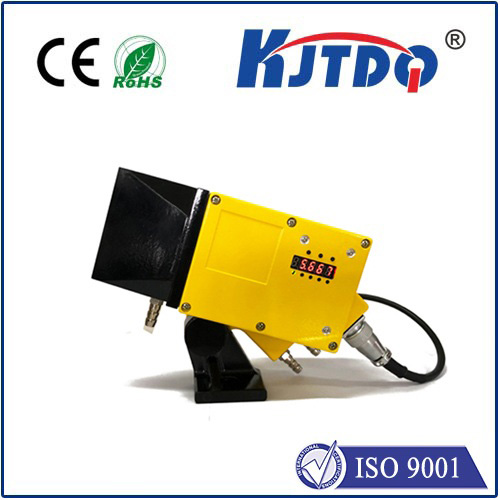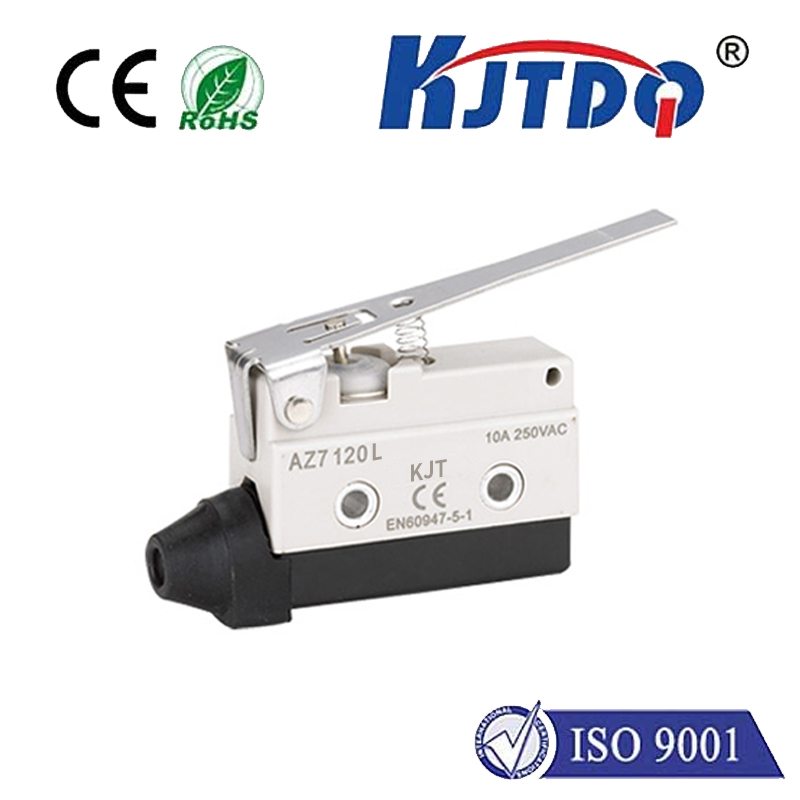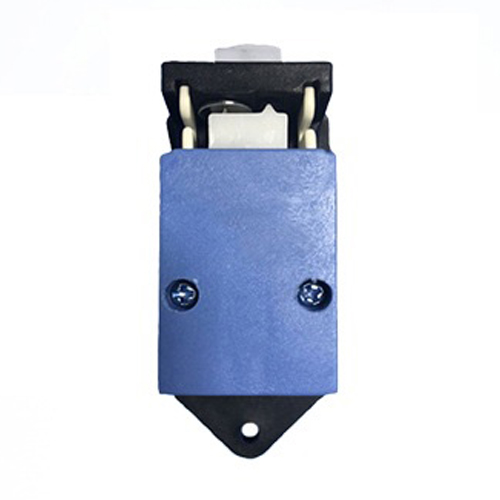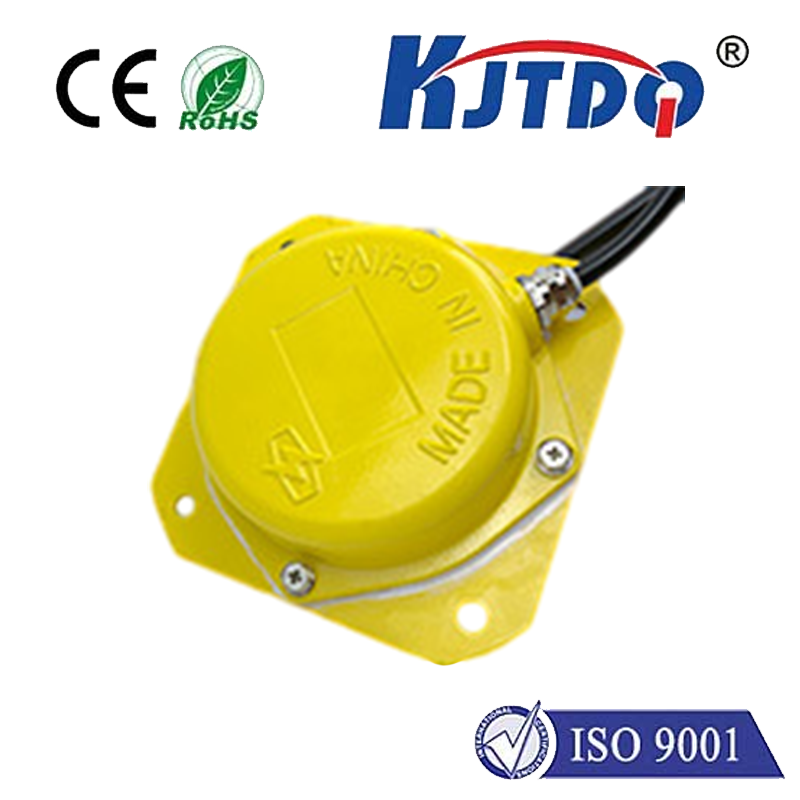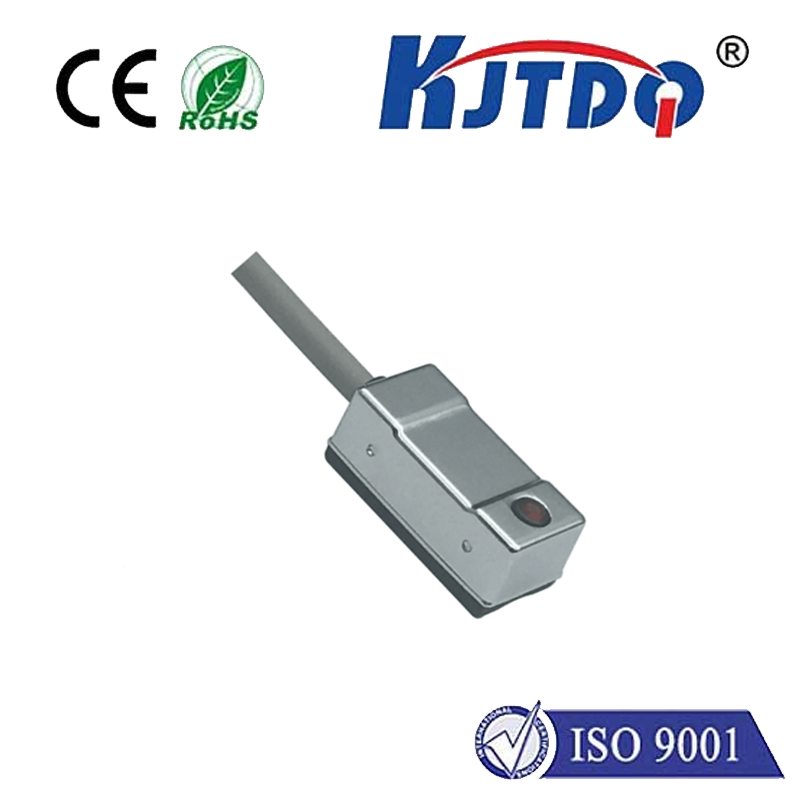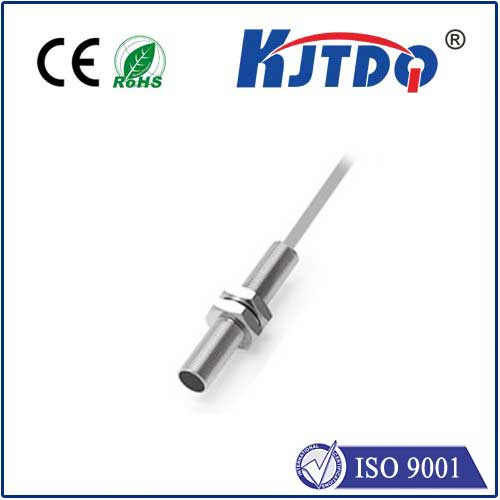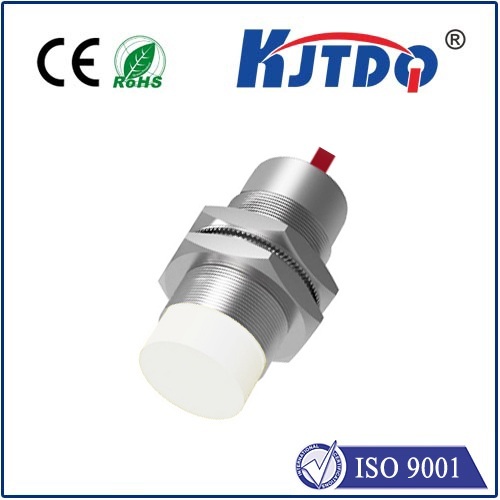

check

check

check

check

check

check

check

check

check

check

elt Misalignment Switch LHR: Ensuring the Efficiency and Safety of Conveyor Systems In the realm of industrial machinery, conveyor systems play a vital role in the efficient transportation of goods and materials. One crucial component that ensures the optimal performance of these systems is the Belt Misalignment Switch LHR (Load Holder Retainer). This device plays an essential role in maintaining the alignment of conveyor belts, thereby preventing mishaps and downtime caused by belt misalignment. In this article, we will explore the significance of Belt Misalignment Switch LHR, its working principle, benefits, and applications in various industries. The Significance of Belt Misalignment Switch LHR Conveyor belts are prone to misalignment due to several factors, such as uneven loading, mechanical wear and tear, or external forces. Belt misalignment can lead to various issues, including reduced efficiency, increased maintenance costs, and potential safety hazards. To mitigate these risks, it is crucial to monitor the alignment of conveyor belts continuously and take corrective action when necessary. This is where the Belt Misalignment Switch LHR comes into play. It is an essential component that detects belt misalignment and sends an alert to the control system, allowing for timely corrective measures. By ensuring proper belt alignment, the Belt Misalignment Switch LHR helps maintain the efficiency and safety of conveyor systems. How Does the Belt Misalignment Switch LHR Work? The Belt Misalignment Switch LHR consists of two main components: a sensor and a controller. The sensor is installed along the conveyor belt and detects any misalignment by measuring the distance between the belt edge and a fixed reference point. When the measured distance exceeds a predetermined threshold, indicating misalignment, the sensor sends a signal to the controller. The controller processes this signal and determines the appropriate corrective action. Depending on the severity of the misalignment, the controller may activate an alarm, slow down or stop the conveyor, or even reverse its direction. In some cases, the controller may also adjust the tension in the conveyor belt automatically to correct the misalignment. Benefits of Using Belt Misalignment Switch LHR
